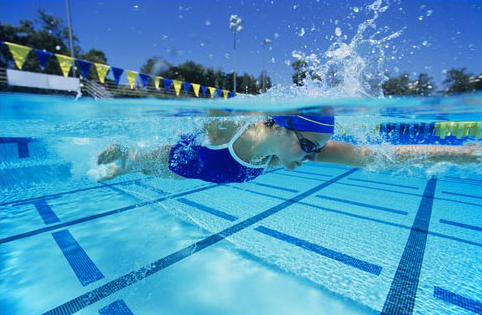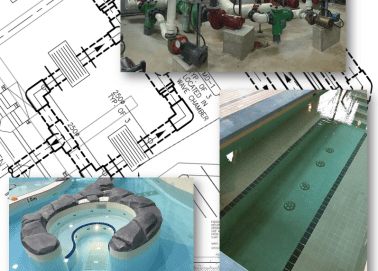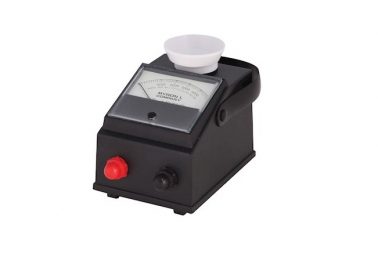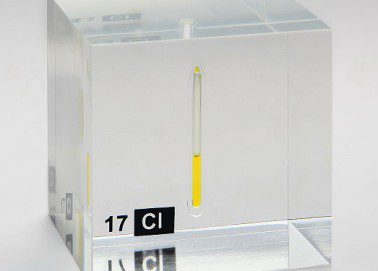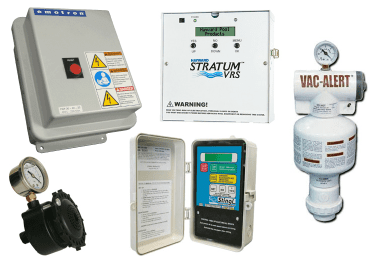Anti Entrapment Standard Updates – 2021
October 7, 2021
One of the most comprehensive resources is this YouTube video. To summarize, previous anti-entrapment cover manufacturing/testing standards including ASME ANSI/APSP-16 2011 have been updated with new criteria for approving the maximum flow and sump compatibility. Contact our office for more information or to request assistance in determining which retro-fit cover options are optimal for your pool.


